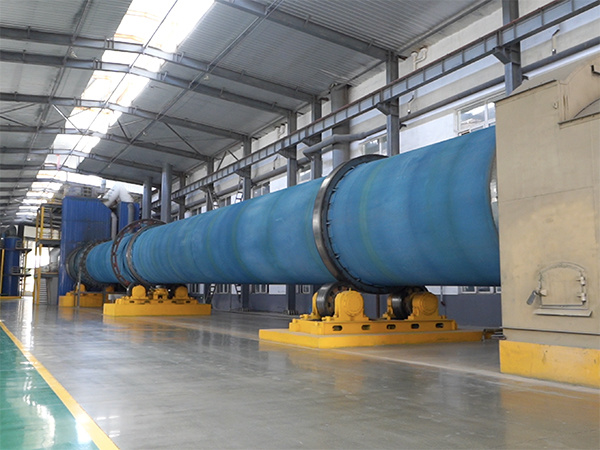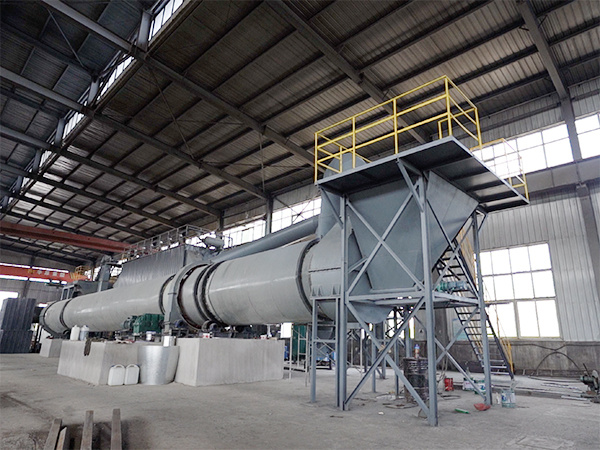Light burned magnesium production line
Category:
Light Burned Magnesium Production Line
产品详情
Magnesite is milled, extracted, and calcined in a rotary kiln at about 800 to 1000 ℃ to decompose and discharge CO2 or H2O, resulting in the production of lightly burned magnesium powder, also known as lightly burned magnesium oxide, caustic magnesium oxide, or lightly burned magnesium, commonly known as bitter clay powder. Light burned magnesium powder has a loose texture and high chemical activity, which can be used not only for manufacturing magnesium cement, magnesite building materials, thermal insulation materials, etc., but also as an intermediate product in the production of high-quality magnesia by two-step calcination. According to the roasting characteristics of light burned magnesium, our company has developed a rotary kiln for roasting light burned magnesium in order to meet the requirements of energy conservation, increased production, and improved activity. This technology has matured, saving 1/3 of fuel compared to other furnaces of the same scale, achieving national standards for flue gas emissions, stable product quality, and low cost.
Technological process and characteristics:
1. Materials shall be packed with 150 to 200 mesh powder materials;
2. Use a belt conveyor to lift the material to a 4-stage cyclone preheater and gradually preheat the material through the 4-stage preheater to about 500 ℃ before entering the rotary kiln;
After entering the rotary kiln, the material is gradually heated from 500 ℃ to 900-1000 ℃. The material passes quickly and evenly, meeting the decomposition requirements, and is discharged from the kiln head;
4. The materials discharged from the kiln head are slowly cooled by a composite cooler, discharged outside the cylinder, and enter the silo;
5. The flue gas used by the preheater is hot flue gas discharged from the kiln tail, which is used for waste heat reuse, thus saving a lot of energy;
6. The flue gas discharged from the preheater enters the dust collector after being processed by the tail gas treatment system (temperature reduction, desulfurization, ammonia and nitrogen removal, etc.);
7. The flue gas entering the dust collector is filtered to meet national standards before being discharged.
Keyword:
合作案例
undefined
Message






